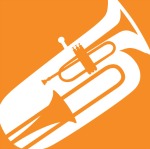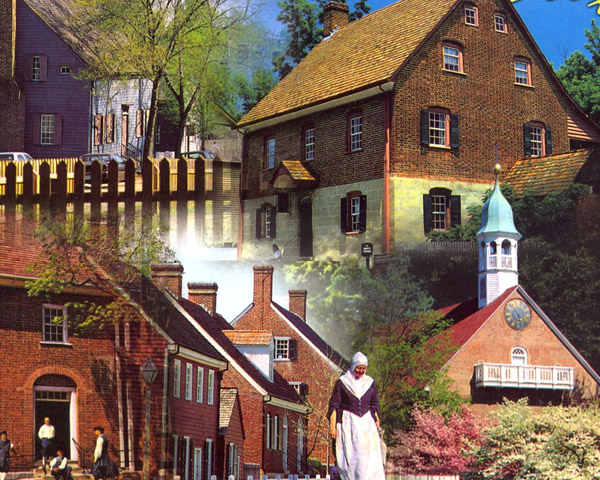Be a part of this exciting week of musical growth, spiritual nourishment, and joy-filled fellowship, in the historic and beautiful Moravian settlement of Wachovia (begun in 1753) (including the first settlements of Bethabara, Bethania, Salem, Hope, Friedland, Friedberg and many other congregations) in North Carolina, United States of America.
If you are interested in learning more about Wachovia settlement, we suggest the following Moravian sites and recommend you visit the individual websites of each organization for guidance:
∇ Old Salem Museum & Gardens – living history of the main settlement congregation in the Wachovia tract of North Carolina, started by the Moravians in 1766. Visitor Center; guided or self-guided. Many buildings and homes are open for interpretation, Tuesday – Sunday; ticketed.
∇ Bethabara Park – Bethabara is the first and oldest settlement congregation in the Wachovia tract, started by the Moravians in 1753. Visitor Center; Self-guided walking tour. Structures (including the restored 1788 Gemeinhaus) and gardens are open, Tuesday – Sunday; ticketed.
∇ Town of Bethania – Bethania is the second settlement and the first planned town in the Wachovia tract. Bethania was established in 1759 as a self-sufficient farming community which allowed both Moravian and non-Moravian settlers. Tuesday – Saturday; 10am – 4pm. Visitor Center; Self-guided walking tour. Now more than 250 years later, historic Bethania is the only example of a European style “open field” agricultural village remaining in North Carolina.
∇ Moravian Archives – Family history research / memoirs; church archives; maps; reference library of Moravian history, Protestant history, and other resources. Please call ahead for research projects – 336-722-1742. Monday – Thursday, 9:30am – 4:30pm. moravianarchives.org
∇ Home Moravian Church Interpretation is a gesture of hospitality. The sanctuary is open from 1:30 – 3:30 p.m., Tuesday-Sunday from March through mid-December. Home Church members welcome visitors into our place of worship and speak informally about the Moravian Church past and present while describing architectural features of the building. It is also an opportunity to share the customs, practices, and ministries of our church. Many of the visitors are persons touring Old Salem.


